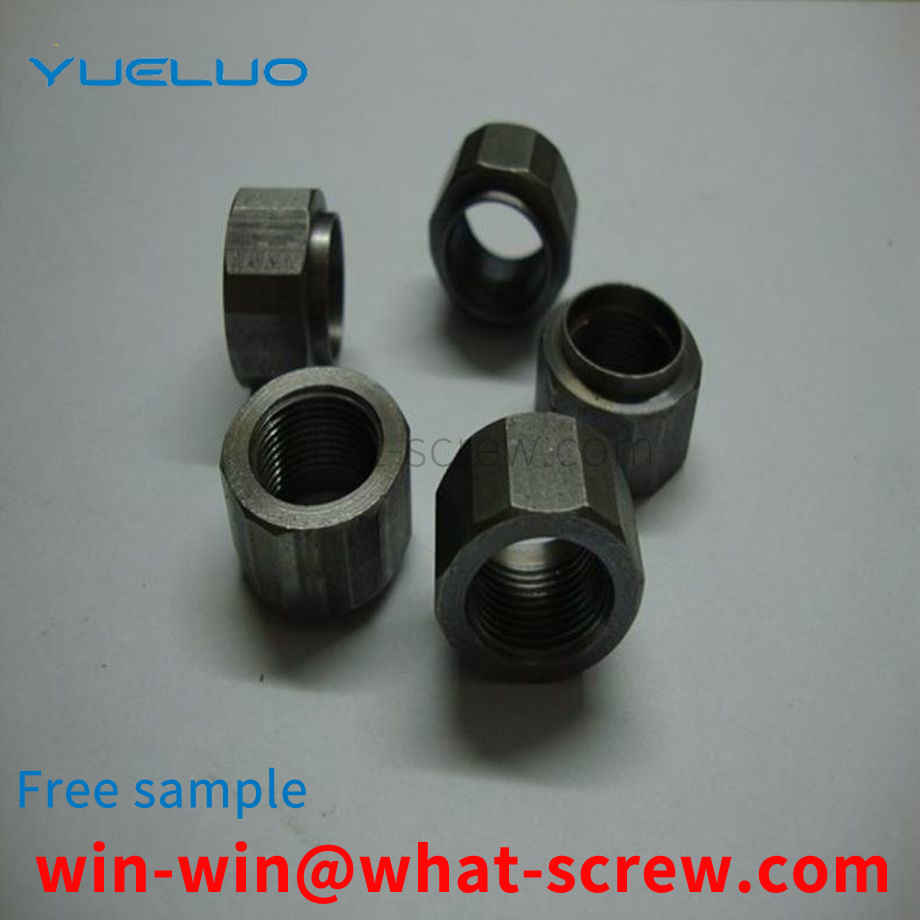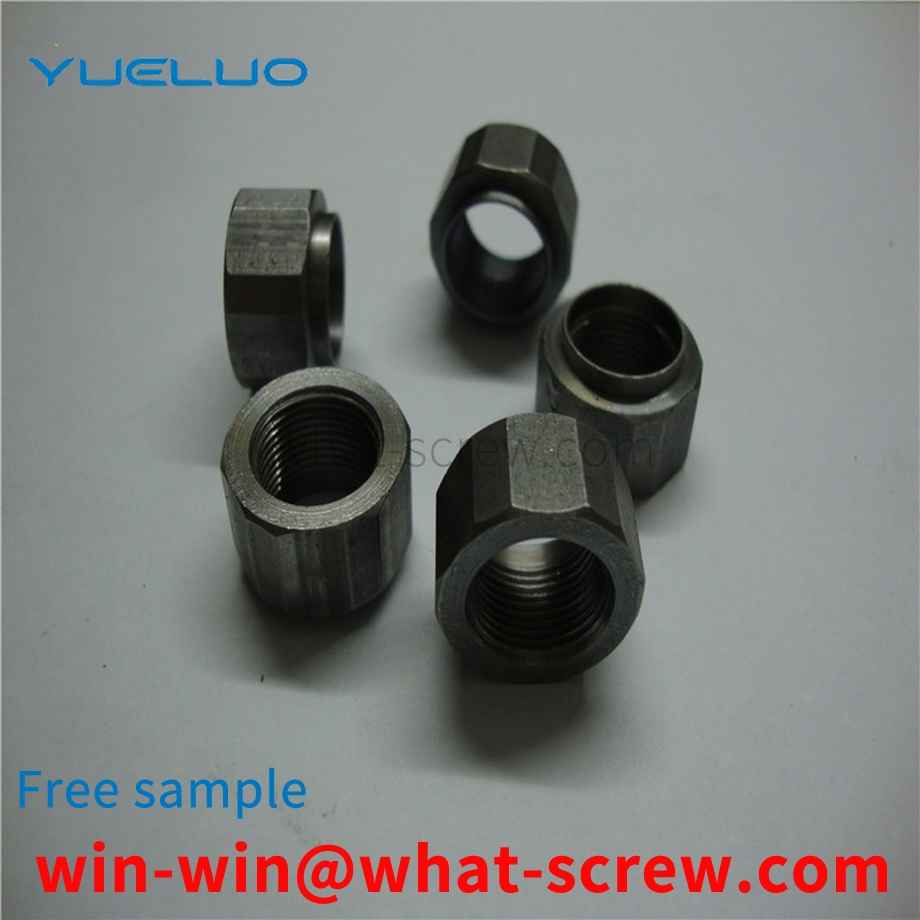In the process of our transformation and upgrading from big manufacturing to strong manufacturing, the talents of the main body of innovation play an important catalytic role, including a large number of engineers, and drawings are a necessary expression tool for their practical innovation. Engineering drawing courses, as the basic courses of engineering colleges, play an important role in students' ability to read and output engineering drawings, and are directly related to the innovation ability in future work practice.
structure for concealing installation screws, comprising a locking piece, a driving piece, a bottom plate, a blocking cover and a handle head, the lower ends of the two locking pieces are provided with positioning holes, and the locking pieces pass through the positioning holes and the locking piece positioning posts on the base Snap and fix, the middle of the two locking pieces is provided with a protruding point, the movable groove of the driving piece corresponds to the protruding point of the nine locking pieces for fixing, the riveting point holes and screw holes of the bottom plate and the riveting points of the base The position that matches the screw holes and is fixed by screws, the blocking cover is directly inserted into the bottom plate, and the blocking cover is fixed by the rotating drive piece, the handle head is inserted into the base, and the slot of the handle head moves to the locking piece at the locking piece Lock the handle.
According to the development and evolution process of self-tapping screws, we believe that the main types of self-tapping screws are as follows: 1. Common self-tapping screw threads are self-tapping threads, also known as wide thread. The surface is mostly electroplated. 2. Self-cutting and self-tapping screws are called scraping ends of self-tapping screws in my country's standard. The threads are self-tapping threads or machine threads, and the cross grooves are also H type. There are several types of self-cutting self-tapping screws: cross recessed pan head self-cutting self-tapping screws, cross recessed countersunk head self-cutting self-tapping screws. Cross recessed countersunk head self-cutting self-tapping screws, hexagon head self-cutting self-tapping screws. 3. Self-extrusion and self-tapping screws (self-tapping locking screws) The threads of self-extrusion and self-tapping screws are generally machine threads, and self-tapping threads are rarely used. In the wrenching method, in order to ensure the use of high-speed automatic assembly wrenches, slotting is generally not recommended. The cross section of the screw of the self-extrusion self-tapping screw is triangular. So it is also called triangular thread screw. 4. Self-drilling and self-tapping screws (self-drilling screws) The threads of self-drilling and self-tapping screws are self-tapping threads according to Chinese, German and international standards. In the American ASME and SAE standards, the BSD self-drilling self-tapping screws are self-tapping threads, and the CSD self-drilling self-tapping screws are machine threads. Self-drilling self-tapping screws are not recommended for slotted and normal hex head. 5. Metal driving screws (metal tapping screws) The metal driving screws have multiple threads and special threads with a certain helix angle. Only the American standard has metal drive screws, and there are no Chinese and German standards. 6. Wallboard self-tapping screws (dry wall screws) Wallboard white tapping screws are special threads with horn head, cross groove (H type) and 60° profile angle, and the surface is mostly phosphate treatment (phosphating). 7. The cross groove of the fiberboard nail is Z-shaped, and the surface treatment is mostly electroplating. There are several types of fiberboard nails: countersunk head, double countersunk head fiberboard nails, pan head, pan head flange (with pad) fiberboard nails, semi-countersunk head, semi-countersunk head flange (with cushion) fiberboard nails. 8. Combination self-tapping screws Ordinary self-tapping screws, self-cutting self-tapping screws, self-drilling self-tapping screws, etc., and flat washers, elastic washers (including spring washers, elastic locking washers, etc.). 9. Others Self-tapping screw types High and low thread double lead self-tapping screws, coarse and fine thread (different pitch) thread self-tapping screws, threads coated with sealing material (fall resistance) self-tapping screws, various composite groove self-tapping screws, Other special self-tapping screws, etc. In short, there are many types of self-tapping screws. With the development of production, the advancement of technology, new materials, new structures, and new thread forms, new self-tapping screw products will continue to appear.
In the installation of the external electrical components of the high-voltage electrical box, generally, the whole aluminum alloy profile with a T-slot is laid on the shell of the high-voltage electrical box, and then the upper nut is placed in the T-slot, and the bottom of the square nut is provided with a spring , When installing the electrical components, align the mounting holes with the screw holes of the square nut, then screw and tighten the screws to achieve the installation of electrical components. The biggest defect in the above installation process is that the alignment of the mounting hole and the screw hole is not very convenient, and the spring at the bottom of the square nut is easy to be missing. Once the spring is missing or damaged, the square nut cannot be effectively positioned in the T-slot. It makes the alignment of the mounting hole and the screw hole more difficult. Third, the above-mentioned connection and fixing method itself is not particularly ideal.
At present, the commonly used fastener loosening prevention methods generally include non-removable anti-loosening solutions and friction-increasing anti-loosening solutions. The non-removable anti-loosening scheme uses welding, bonding or punch point riveting to change the detachable threaded connection into a non-detachable threaded connection. In the non-removable anti-loosening scheme, the threaded fasteners cannot be reused and the operation is troublesome. It is often used in some important occasions that require high anti-loosening performance without disassembly. The anti-loosening scheme that increases the frictional force uses the method of increasing the frictional force of the bolt (screw) head and the end face of the nut to achieve the purpose of anti-loosening. The anti-loosening solution that increases friction is not limited by space and can be disassembled repeatedly, but the reliability is poor. After a certain period of work, the anti-loosening effect will be reduced due to vibration and other reasons.
We have many years of experience in the production and sales of screws, nuts, flat washers, etc. The main products are: wing nut screws, iron hexagon screws with washers, 60# bolts, plastic clips, plastic rivets and other products, we can provide you with The right fastener solution for you.



















 Service Hotline
Service Hotline




